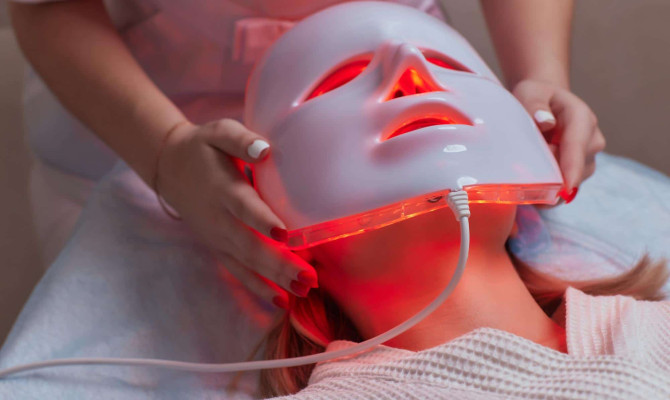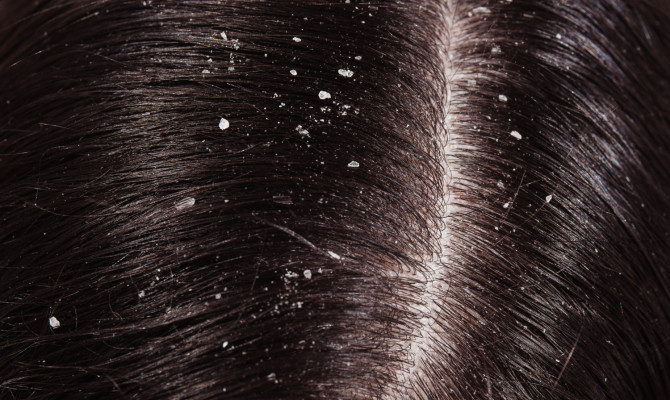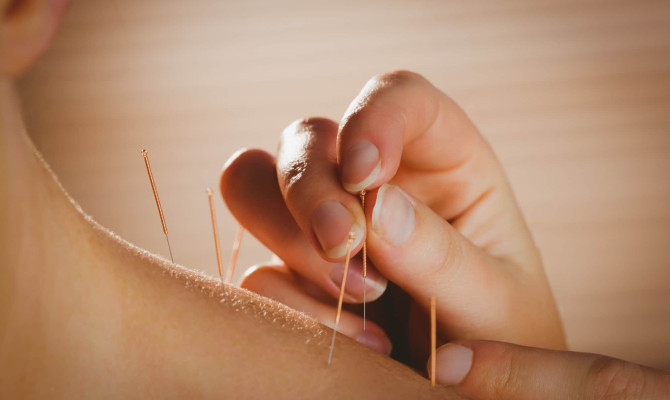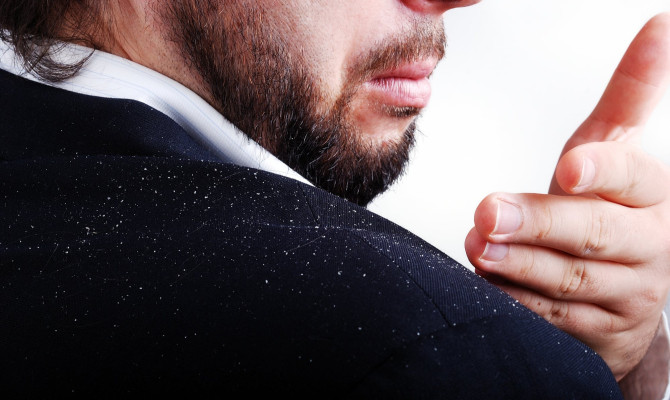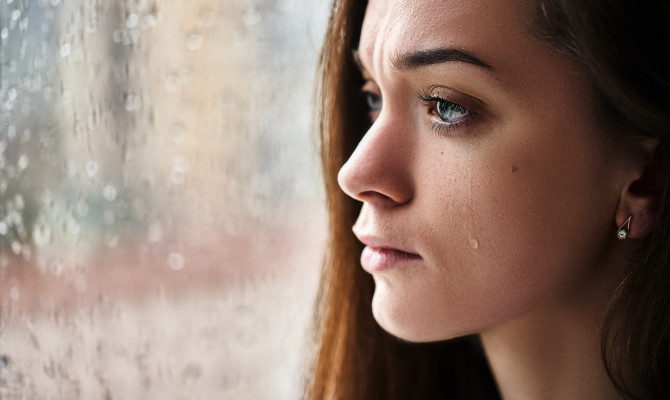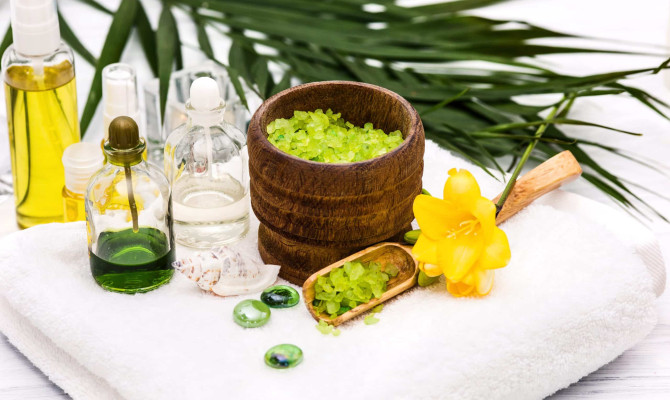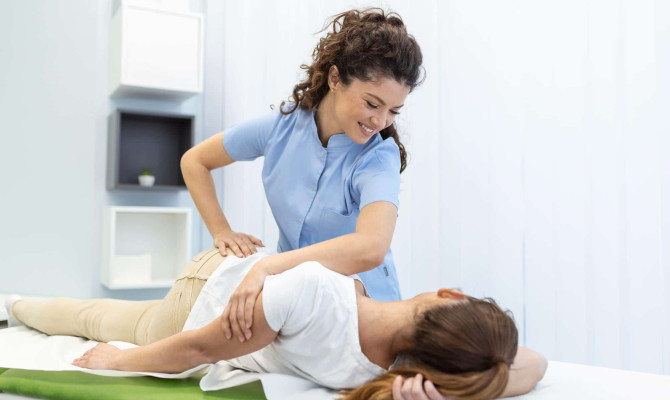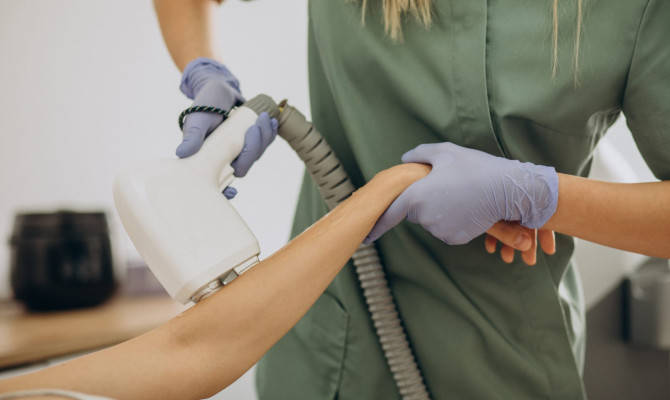Body Massage: Exploring the Incredible benefits

- Massage
- 17 Aug 2023
Overview
What is Body Massage?
Finding efficient ways to relax and recover has become crucial in today’s fast-paced society, when stress, worry, and physical discomfort have all too often become common. Body massage is a traditional method for promoting physical and emotional wellness among the many self-care options.
A body massage controls the soft tissues, muscles, and joints using a variety of methods. We shall go into the numerous methods and accessible styles and physical and emotional benefits of body massage in this article.
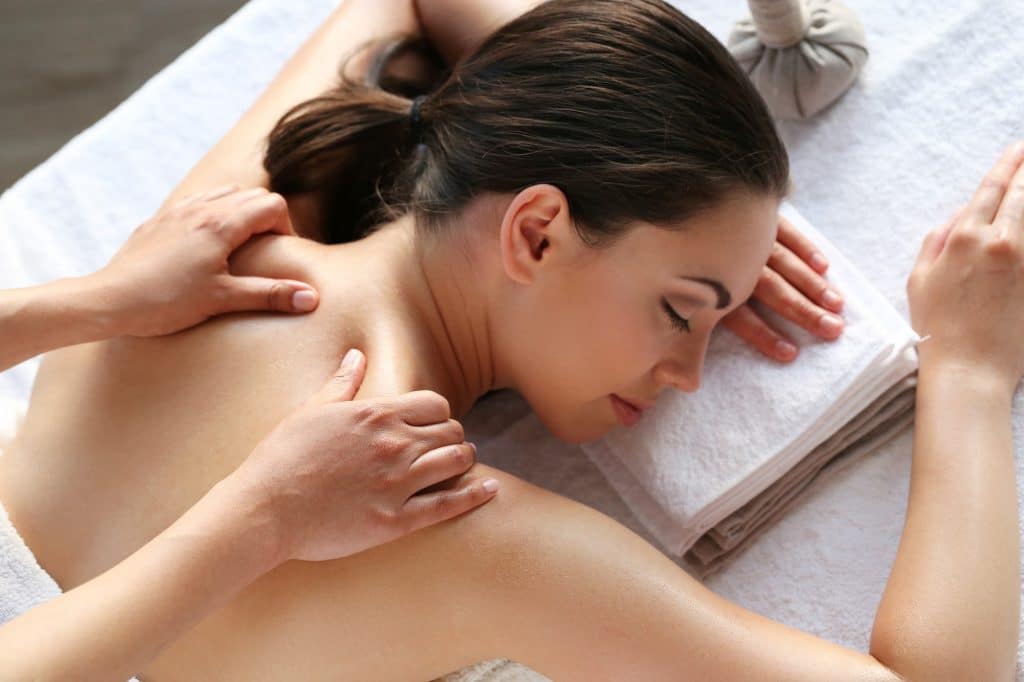
Benefits
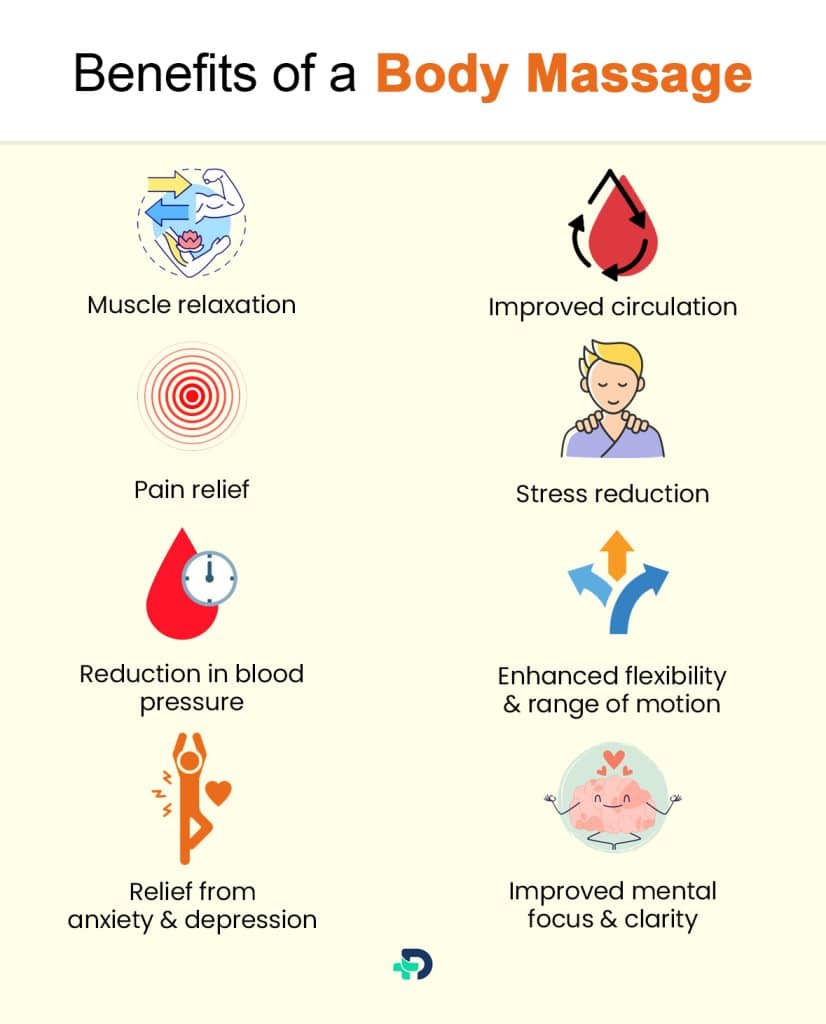
Benefits of a Body Massage
Physical benefits
- Muscle relaxation
- Improved circulation
- Pain relief
- Enhanced flexibility and range of motion
- Lowered blood pressure
- Muscle relaxation
Mental and emotional benefits
- Stress reduction
- Anxiety and depression relief
- Improved mental clarity and focus
- Enhanced mood and emotional well being
- Mind-body connection
Muscle relaxation
- Stretching, kneading, and other massage methods help loosen tight muscles and minimize stiffness. People who experience muscular discomfort, tightness, or chronic diseases like fibromyalgia may find this helpful.
Improved circulation
- The pressure during a massage increases circulation throughout the body by stimulating blood flow. As metabolic waste and toxins are removed, and new oxygen and nutrients are delivered to the muscles and organs, circulation is improved.
Pain relief
- Discomfort of many types, including headaches, joint discomfort, and tired muscles, can be relieved by body massage.
- Endorphins are released, tension is encouraged to be removed, and inflammation is reduced in the affected areas.
Enhanced flexibility and range of motion
- Stretching and joint mobility massage methods can help flexibility, joint mobility, and muscular tightness.
- Athletes, individuals who lead sedentary lifestyles, and those who are healing from injuries may benefit most.
Reduction in blood pressure
- It has been shown that receiving regular massages can help decrease blood pressure.
- It helps reduce stress and relax, supporting a healthier cardiovascular system.
Stress reduction
- It is known for its ability to create a very peaceful and relaxed mood. It helps reduce stress hormone levels like cortisol while boosting serotonin and dopamine synthesis, which are linked to positive emotions like well-being and pleasure5Side effects| Researched based study from Sciencedirect.com
Relief from anxiety and depression
- Promoting the release of endorphins, lowering tension, and offering an empathetic, comforting touch helps reduce anxiety and sadness symptoms. Additionally, it can enhance sleep quality, which is frequently disturbed by those who are depressed or anxious.
Improved mental focus and clarity
- Massage-induced relaxation can improve mental clarity, attention, and focus. It stimulates mental rejuvenation, calms the mind, and reduces mental exhaustion.
Enhanced mood and emotional well being
- During a massage, endorphins are released, and stress hormones are reduced, which can elevate mood and enhance mental health. It offers a caring and supportive environment that helps promote a healthy emotional state.
Mental-physical relationship
- A deeper mental and physical connection is facilitated through body massage. It can encourage awareness, make individuals more conscious of their bodily sensations, and increase feelings of general health 1Benefits| Researched based study from Nlm.nih.gov ,2Benefits| Researched based study from Nlm.nih.gov ,3Benefits| Researched based study from Nlm.nih.gov
Types
Types of Body Massage
Swedish massage
- This is among the most popular massage techniques. On the muscles’ outermost layers, it uses circular motions, kneading, and lengthy, gliding strokes.
- It seeks to reduce muscular tension, enhance circulation, and encourage relaxation.
Deep tissue massage
- The deeper layers of the muscles and connective tissues are the focus of this method.
- It uses targeted techniques and slow, firm, and specialized pressure to relieve long-term muscular tension, knots, and adhesions.
- For musculoskeletal problems and pain alleviation, deep tissue massage is commonly used.
Sports massage
- It focuses on avoiding and treating injuries, improving performance, and fostering recovery.
- It was created for athletes and active individuals. It combines stretching, deep tissue, and Swedish massage techniques to target specific muscle areas and increase flexibility.3Types| Researched based study from Nlm.nih.gov
Thai massage
- This unusual technique, which has roots in Thailand, combines deep compressions, aided yoga poses, and acupressure.
- Practitioners maneuver the body into various yoga-like poses by applying rhythmic pressure with their hands, elbows, knees, and feet.
- It promotes energy flow, flexibility, and general relaxation.
Hot stone massage
- Smooth, heated stones are used to specific body spots during this delightful massage.
- The warmth of the stoners helps to relax muscles, increase blood flow, and promote a deep sense of relaxation.
- The body may also be softly massaged by the therapist using the stones.
Aromatherapy
- The therapeutic properties of essential oils are combined with the benefits of essential oils.
- The therapist includes necessary oils in the session by diffusing them or applying them directly to the skin.
- Each oil has unique qualities that improve the whole experience and encourage relaxation, such as relaxing, energizing, or uplifting effects.
Shiatsu massage
- Shiatsu massage is a traditional Japanese massage method that uses rhythmic pressure from the fingers, palms, and thumbs to target certain points along the body’s meridians.
- It seeks to ease tension, increase general well-being, and regulate the body’s energy flow. It often occurs with the recipient fully dressed on a mat on the floor.
Reflexology
- Reflexology concentrates on the hands, feet, and ears but is not precisely a full-body massage.
- It is based on the idea that particular spots in these regions correlate to various organs and bodily systems.
- They aim to induce healing, enhance circulation, and promote relaxation by applying pressure to specific reflex sites6Types| Researched based study from Sciencedirect.com
Prenatal massage
- It is created especially for pregnant women to address their unique requirements and discomforts.
- It concentrates on easing pregnancy-related muscular tension, lowering edema, and encouraging relaxation.
- The safety and comfort of the pregnant woman are ensured by the specific postures and techniques used by prenatal massage therapists9Types| Researched based study from Nlm.nih.gov
Couples massage
- This involves offering massages to two people at once in the same space. It enables couples, friends, or family members to unwind and revitalize together.
- It is frequently offered at spas, wellness facilities and as a communal bonding activity.
Chair massage
- It is a brief, sitting massage often given in a chair with a particular design. It concentrates on the back, arms, hands, neck, and shoulders.
- It is practical and may be done in various locations, including malls, events, and workplaces.
Lymphatic drainage massage
- This aims to activate the lymphatic system, which helps in the body’s removal of waste and pollutants.
- It uses light, rhythmic strokes to boost the immune system, promotes lymph movement, and minimize edema.
- Type of therapy treatment is often needed for the detoxification process, lymphedema control, and post-surgical recovery.8Types| Researched based study from Springer.com
Cranial sacral therapy
- The cranial bones, spine, and sacrum are the primary targets of this mild and non-invasive massage method.
- It seeks to enhance cerebrospinal fluid flow and return the central nervous system to equilibrium.
- It is frequently used to treat chronic pain, headaches, and stress7Types| Researched based study from pcom.edu
Abhyanga massage
- It is an age-old Ayurvedic massage method with Indian origins. It involves a full-body massage using heated herbal oils frequently customized to a person’s dosha (body type).
- It is commonly used in Ayurvedic therapy and is said to promote balance and relaxation.4Types| Researched based study from Liebertpub.com
Myofascial release
- An unusual approach focuses on the fascia, the connective tissue surrounding muscles.
- It uses continuous pressure and mild stretching to relieve tension, increase mobility, and reduce chronic pain.
- People with musculoskeletal conditions usually benefit from it.12Types| Researched based study from Nlm.nih.gov
Side effects
Side effects of Body Massage
- Soreness or muscle discomfort
- Bruising
- Fatigue or lightheadedness
- Allergic reactions
- Discomfort or pain
- Pre-existing conditions
Soreness or muscle pain
- After a massage, it’s normal to feel painful or uncomfortable in some way, primarily if deep tissue or intense pressure is used.
- This soreness often lasts only a day or two and goes away.
- Any post-massage pain can be reduced by drinking lots of water and applying a warm compress to the affected areas.
Bruising
- Due to the increased blood flow and pressure used during the massage, patients can get tiny bruises called petechial.
- These bruises usually don’t last long and are minor.
Fatigue
- Deep relaxation brought on by it may cause sensations of weariness or sleepiness. It is important to relax and give your body time to recover after getting a massage.
- Additionally, upon rising from a supine or sitting posture to standing, some persons may suffer momentary lightheadedness or dizziness.
- Make sure you sit up slowly and carefully and take your time.
Allergic reactions
- Rarely, clients may experience an adverse response to the massage oils, lotions, or other supplies utilized.
- If you have any allergies or sensitivities, you must tell your therapist right away.
- They might modify the pressure and method or focus on other regions to guarantee comfort and safety.
Pre-existing conditions
- Before getting a massage, anyone with specific pre-existing conditions, including osteoporosis, cancer, blood clotting issues, or skin infections, should speak with their doctor.
- In some cases, modifications or prevention of certain procedures may be required.10Side effects| Researched based study from Nlm.nih.gov ,11Side effects| Researched based study from Nlm.nih.gov
Any feedback on this article?
 This Articles content was accurate
This Articles content was accurate Very Informative Article
Very Informative Article I have a question or a comment
I have a question or a comment
 This article contains inaccurate content
This article contains inaccurate content This article was not helpful
This article was not helpful I have a question or a comment
I have a question or a comment
We appreciate your helpful feedback!
Checkout our social pages
References
-
National Library of Medicine
The mechanisms of massage and effects on performance, muscle recovery and injury prevention | Benefits
-
National Library of Medicine
Effects of Sports Massage on the Physiological and Mental Health of College Students Participating in a 7-Week Intermittent Exercises Program | Benefits
-
National Library of Medicine
Physiological Adjustments to Stress Measures Following Massage Therapy: A Review of the Literature | Benefits
-
Journal of Integrative and Complementary Medicine
Pilot Study Investigating the Effects of Ayurvedic Abhyanga Massage on Subjective Stress Experience | Types
-
Science Direct
Effectiveness of different styles of massage therapy in fibromyalgia: A systematic review and meta-analysis | Benefits
-
Science Direct
The effect of foot reflexology on fatigue, pain, and sleep quality in lymphoma patients: A clinical trial | Types
-
Digital commons
Is Craniosacral Therapy Effective in the Reduction of Pain Intensity in Individuals with Non-specific Neck and/or Back Pain? | Types
-
Springer Nature
Manual lymphatic drainage treatment for lymphedema: a systematic review of the literature | Types
-
National Library of Medicine
Pregnant women benefit from massage therapy | Types
-
National Library of Medicine
Traumatic complications of inpatient massage therapy: Case report and literature review | Side effects
-
National Library of Medicine
The Impact of Massage Therapy on Function in Pain Populations—A Systematic Review and Meta-Analysis of Randomized Controlled Trials: Part I, Patients Experiencing Pain in the General Population | Side effects
-
National Library of Medicine
Effectiveness of myofascial release: systematic review of randomized controlled trials | Types












